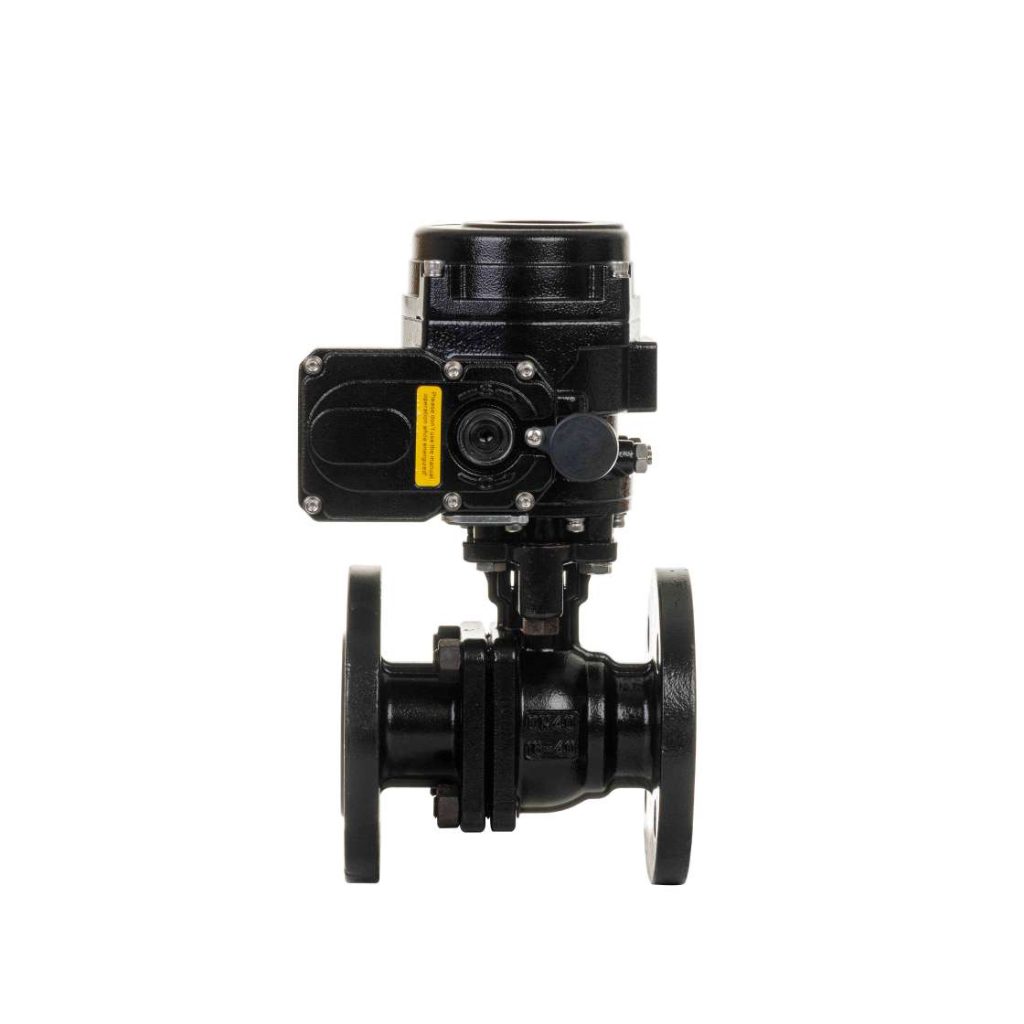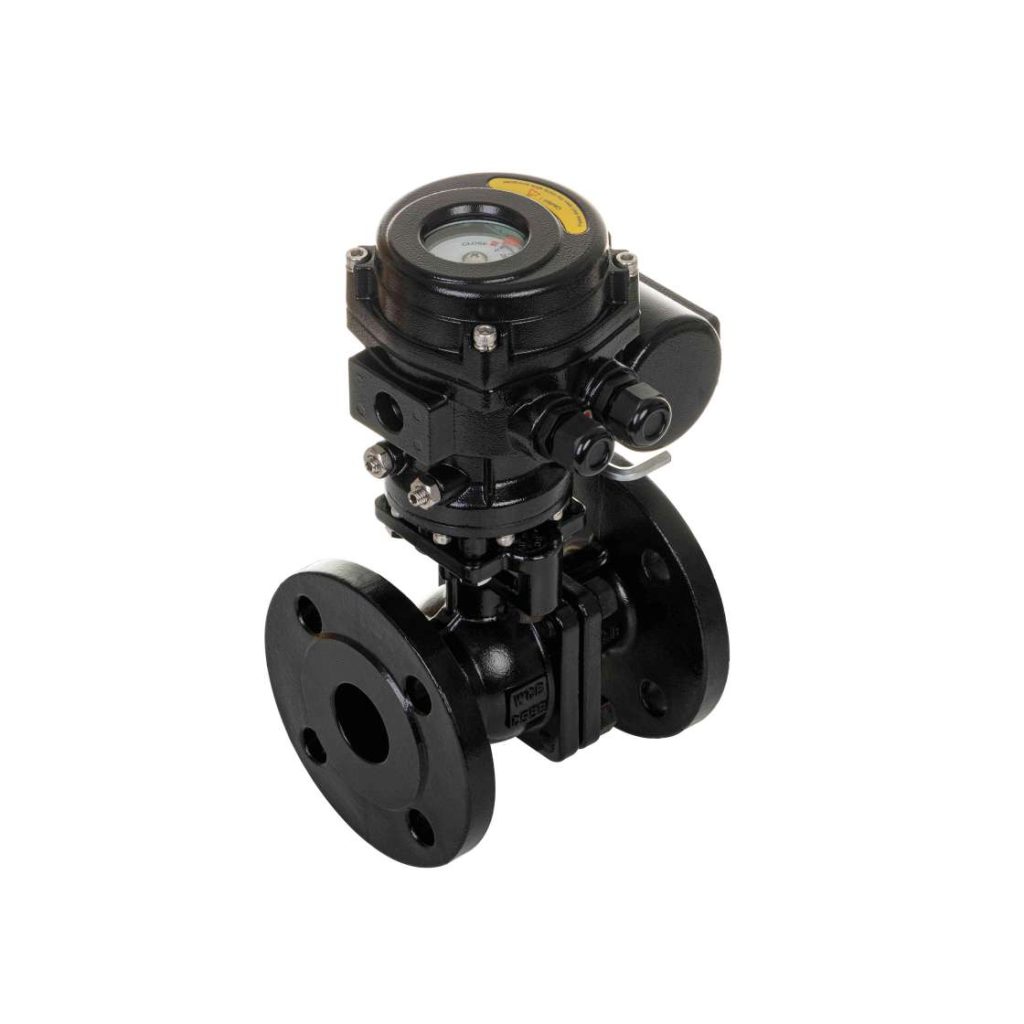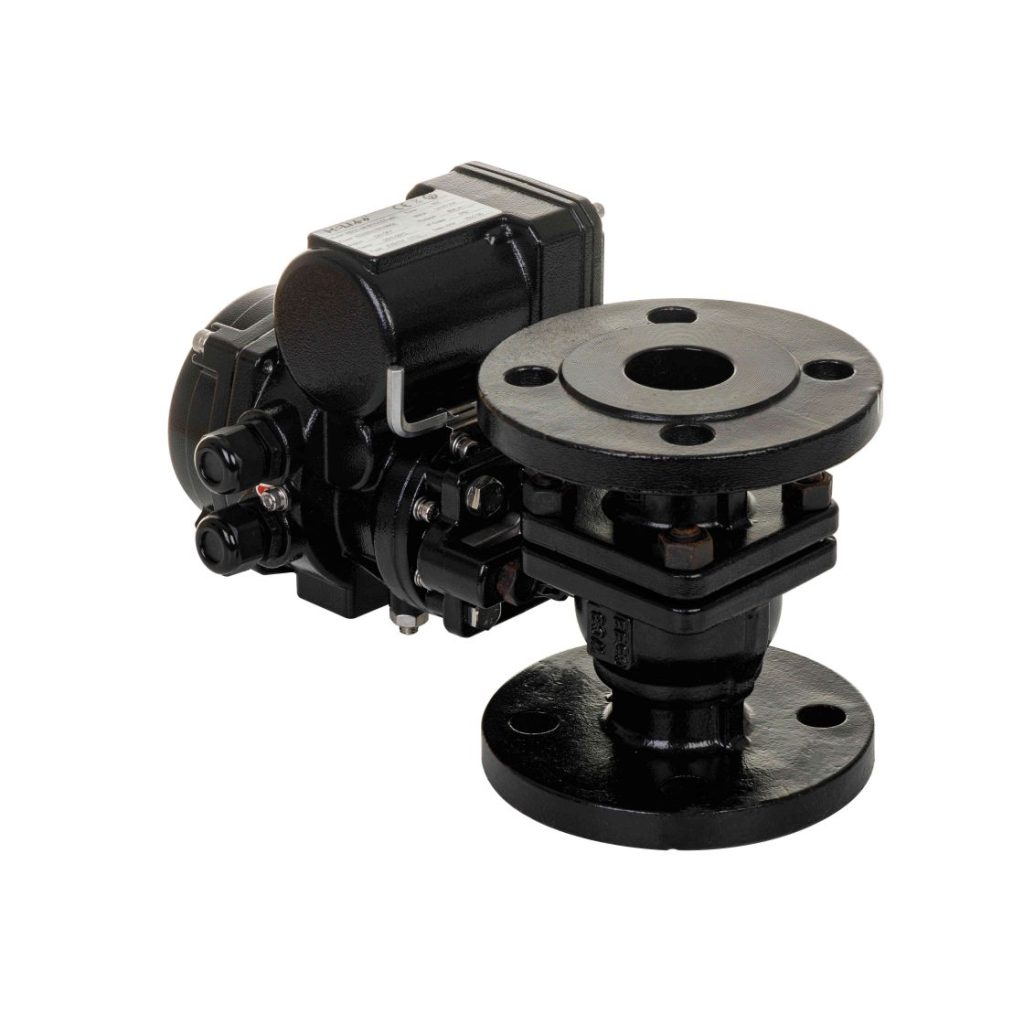The stainless steel electric flange ball valve represents a vital component in various industrial applications, ensuring efficient flow control, durability, and precision regulation of fluids. This sophisticated device integrates the robust characteristics of stainless steel with electric actuation and a flange connection, making it a preferred choice in sectors such as oil and gas, water treatment, chemical processing, and HVAC systems.

Understanding the Structure

A stainless steel electric flange ball valve essentially consists of three main parts: the valve body, the ball, and the electric actuator. Valve Body: Typically made from high-quality stainless steel, this part of the valve withstands corrosive environments, high temperatures, and high pressures. The stainless steel composition enhances the valve’s longevity and reliability, making it suitable for harsh operating conditions. Ball: The core of the valve, the ball, is designed with a central bore to allow fluid to pass through when the valve is open. The ball can be rotated 90 degrees to either obstruct or allow the flow, providing a straightforward mechanism for regulating fluid passage.

Leave a Reply